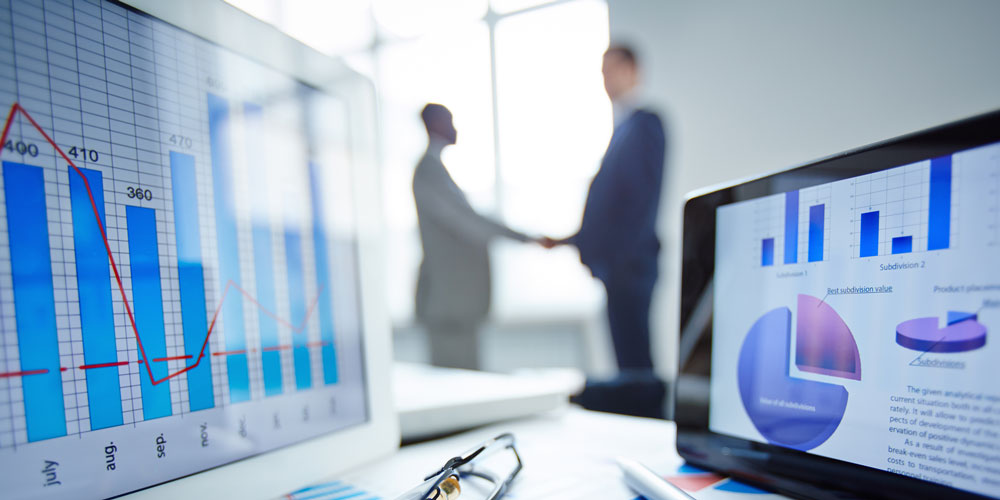One of the most significant benefits of integrated smart metering systems is that property owners, managers, and operators can read the data on all types of energy consumption and other utilities (like water) directly on a single dashboard. Modern metering platforms allow for multiple data-sharing access levels permitting tenants and landlords the same visibility that utility providers would have on the individual consumption.
What are the specific benefits of an integrated smart sub-metering system?
- Eliminate meter-reading errors
- Avoid Utility Disputes
- Keep track of energy peak usage
- Manage individual energy and water consumption
- Reduce fraudulent consumption
Having accessibility to Real-Time Data eliminates the need to manually read several meters (which costs time and effort) eliminates the risk of making a mistake when writing the numbers down.
An integrated automated metering system for all utilities offer real-time data increasing visibility of the consumption as it happens and with Cloud Access at your fingertips, it also eliminates disputes with tenants over charges for consumption, disputes that are quite common in all types of buildings. Of course that this requires accurate energy consumption billing with accurate meters for the job. Accuracy is probably one of the biggest advantages of an integrated, all-utility, automatic reading system.
With smart sub-meters, everyone, tenants, users, condo-unit owners, property managers and property owners can stay on top of their consumption, understanding the individual peak usage and the timing of such peaks. Learning and understanding the performance and behavior first it will be easier to manage and to drive strategies for conservation and saving,
During peak usage, the demand for energy consumption may be high to a point that properties would need to allocate all their capacity to a small time frame, curtailing other services, or expanding their overall capacity just to maintain operations during extraordinary times. By analyzing the data collected by an integrated sub-metering system and monitoring energy usage patterns, allowing for transfers of high consumption to other times of lower consumption, or even offer personalized approaches to tenants and to consumers to modify their usage habits, flattening the demand curve, allowing the building to operate within its capacity, without overloading it, and efficiently.
To get an overall picture of their energy and water consumption habits and needs, tenants have access to the data and can read their own meters; this way users are informed about their individual water and energy consumption, they can participate in analyzing consumption habits, and make mutually beneficial decisions. This results in data-driven decisions that help save money and conserve resources.
When energy, water, and gas consumption data are being monitored in real-time, one can also pinpoint outliers and anomalies in consumption. This can be done by using averages of consumption or benchmarks by surface or type of unit; Reducing fraudulent consumption and leaks.
An integrated metering platform is there to deliver:
- Custom consumption reports
- Reading and collecting smart meter data
- LEED reporting and metering (improved building efficiency)
- Cost recovery through tenant billing
- Whole building metering
- Shared services metering
- Key load management
- Integration to Building Automation Systems
- Real-time monitoring with alert capability
- Benchmarking
- Tenant engagement
- Open protocol non-proprietary solutions
- Web-based energy management software
Smart sub-metering is here to help everyone involved understand their consumption better, change their consumption habits, improve sustainability, and save money.

